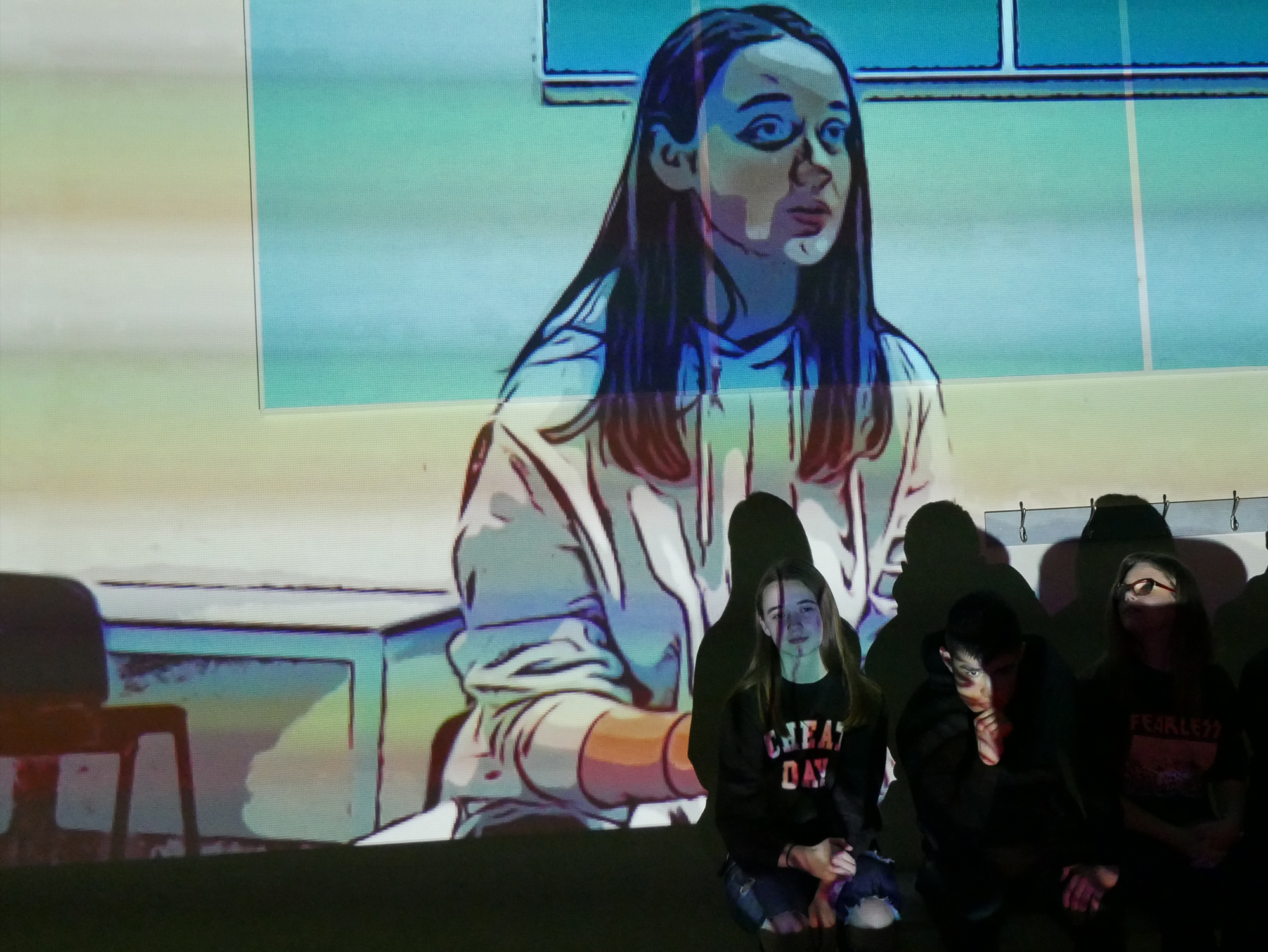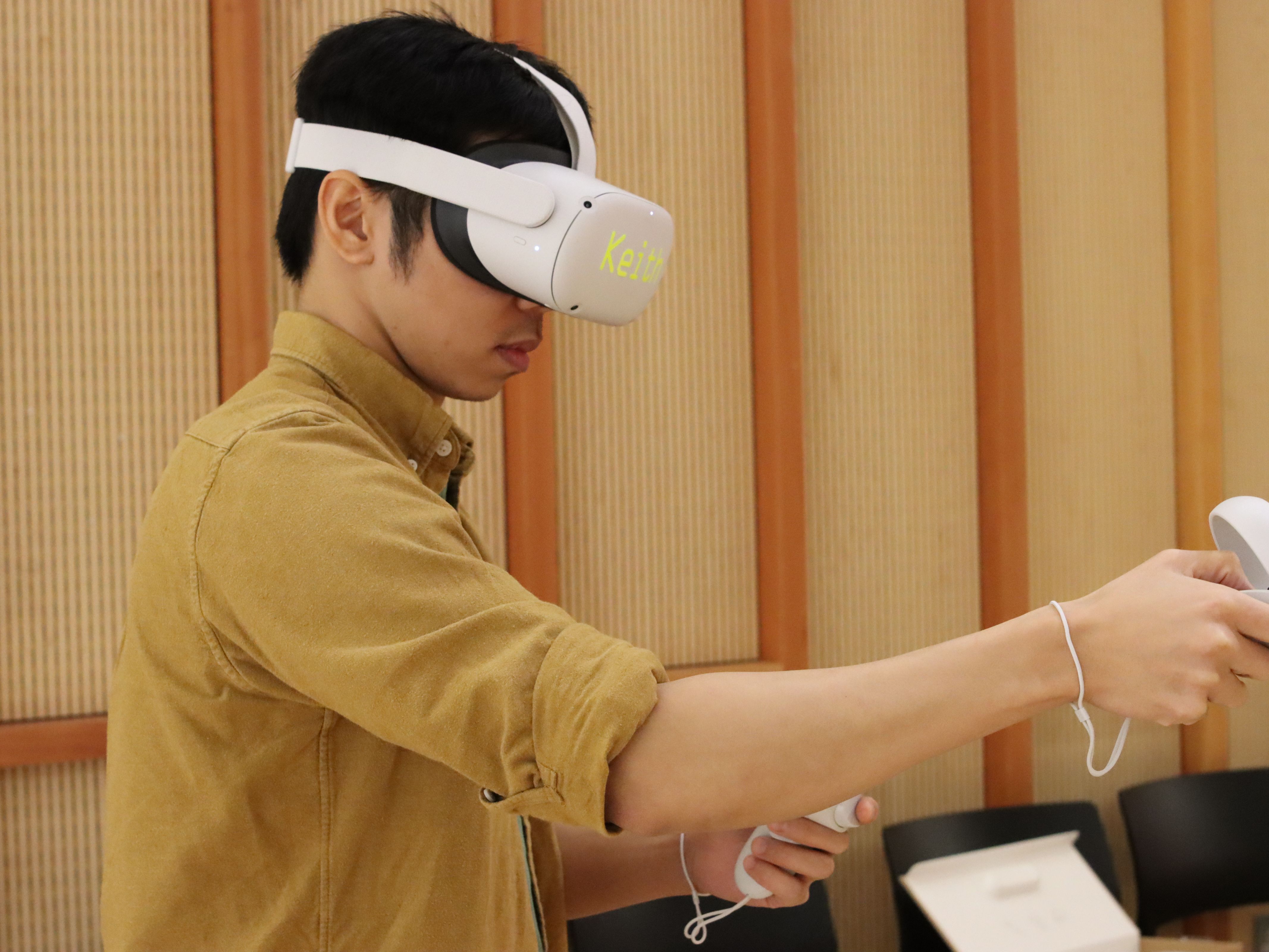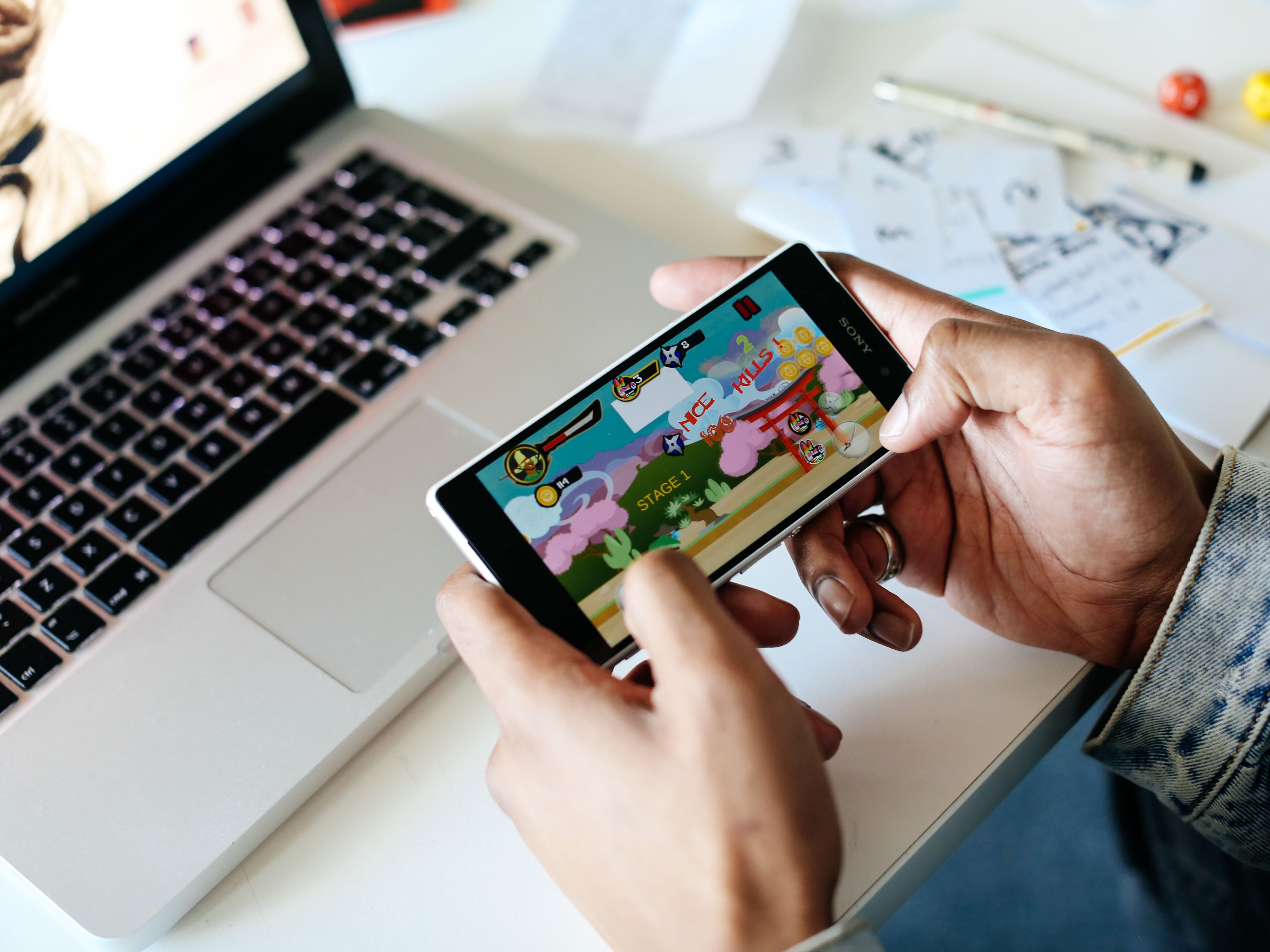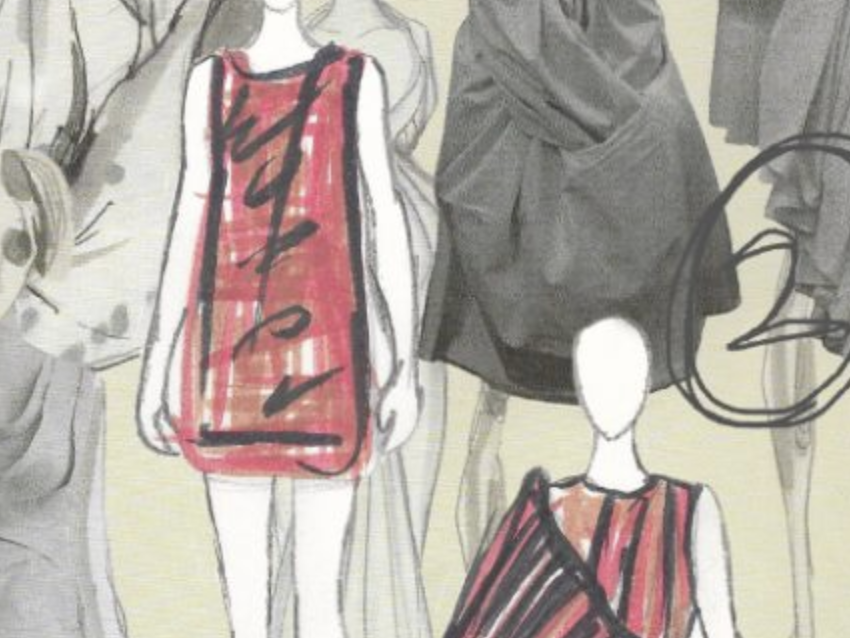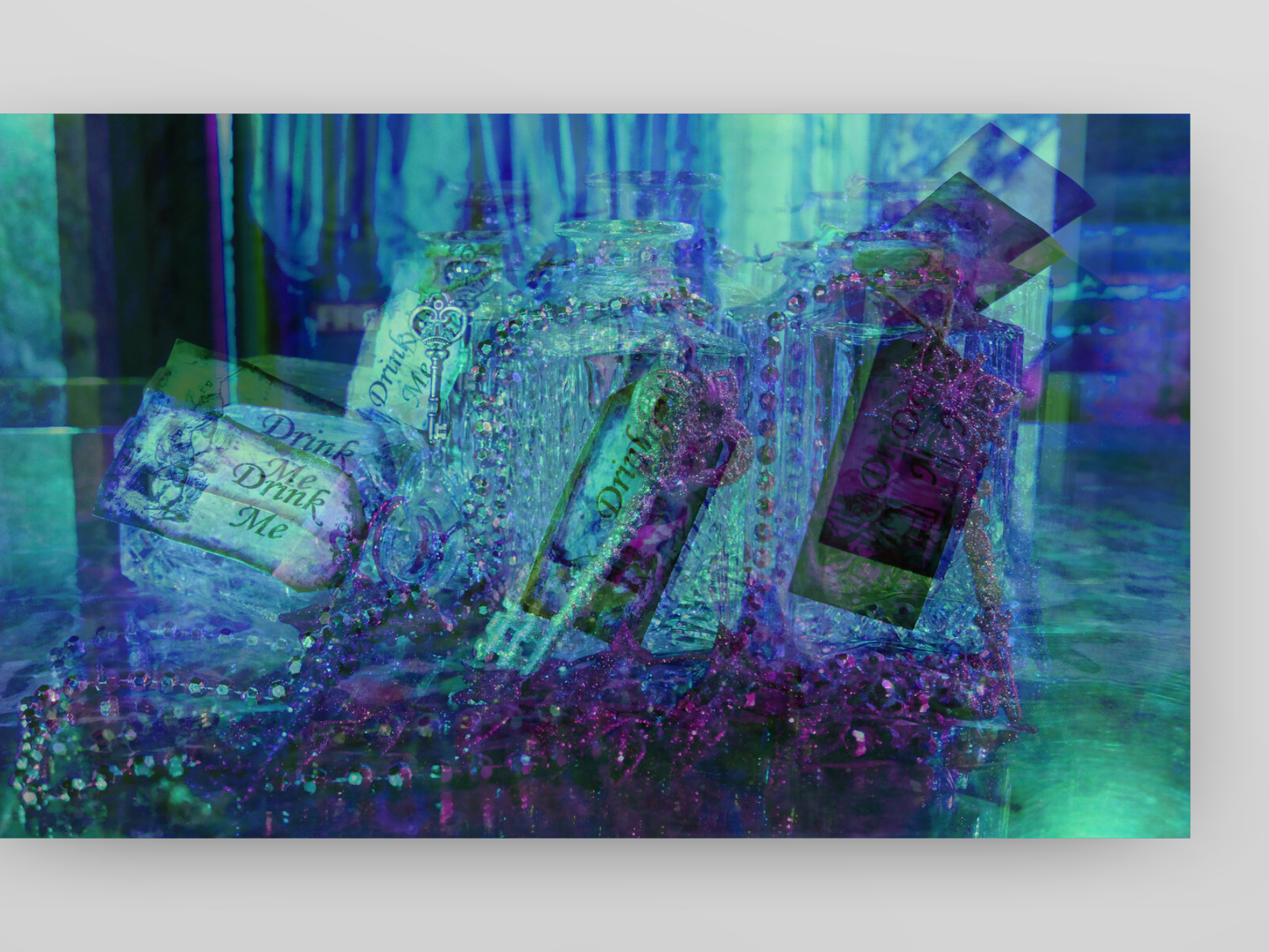"I’m an Artist-Researcher and practice-based PhD candidate at the Institute of Creative Technologies (IoCT) De Montfort University (DMU). My research explores the role of creative digital technologies in post-16 performing arts education.
In the UK, many Higher Education (HE) institutions are now offering modules that explore digital performance, audio-visual production, motion capture, VR, AR and more within their performing arts degree programmes. While this is very exciting and opens up new creative possibilities for students, there is still an issue of young people arriving at HE with limited experience of, or openness to, exploring these types of tools creatively. Most students own smartphones and are adept at using applications and social media sites, however this knowledge doesn’t necessarily translate into understanding how digital tools can be applied within their creative practice. There are currently limited offers to explore digital performance at post-16 level and many further education qualifications almost exclusively discount the exploration of digital tools within their programme guidance.
Research suggests that there are limited training opportunities for teachers in this area and access to equipment in post-16 institutions is often restricted. Some of these challenges have been amplified further due to the impact of COVID-19, however it is also becoming increasingly apparent that digital tools offer creative opportunities to develop new kinds of performance and the need for digital skills is more necessary than ever.
When I started my PhD, these are the things that I wanted to explore, specifically in the domain of post-16 performing arts. What could a digital performance curriculum at post-16 offer young people and does exposure to this type of work and encouragement of digital creativity better prepare them for the future?
In 2018, I contacted Anne Molloy - Lead Tutor at Canterbury College - who was convening the UAL Level 3 Performing and Production Arts course. I was particularly intrigued by the UAL Level 3 qualification due to the flexible approach to curriculum delivery and the space it offered for experimentation within the units. Anne was interested in exposing her students to new approaches and was keen to bring some of these strategies into her pedagogical practice. We worked together to see how this work could fit within the units and identified gaps in the student’s skillsets that this work could potentially address.
Through observational work, questionnaires, focus groups and practical workshops, I worked with Anne and her students, to identify effective strategies for incorporating digital technologies into performing arts teaching and learning in order to increase openness and confidence towards digital performance making. I took the lead from them, exploring areas they were interested in, and in the first year of the study I worked with Anne and her students to develop the first iteration of the project, the Digital Circuit Training Model (DCTM)."
"The DCTM applied the traditional circuit training aesthetic from the gym, to the theatre space, but instead of exercise stations, each station focused on a specific digital tool and series of creative tasks. The model was made up of four stations; audio recording station, video recording station, micro-projection with live feed and Isadora (video manipulation software) station. Each station had a selection of three tasks that were designed to be explored in a quick-fire way - taking inspiration from the rapid-prototyping method found in STEM subjects – it encourages participants not to get bogged down in planning and to promote values of experimentation and play.
The workshops exposed participants to a range of new ideas and approaches using components of digital literacy in relation to performance making and highlighted the use of accessible technologies as valuable components within the creative process. As Anne was also new to some of these modes of working, we adopted a co-learning culture borrowing ideas from the makerspace ethos and working iteratively as the work developed.
This work was established over several weeks and concluded in the students sharing short intermedial ‘scenes’ developed throughout the process. It was clear that the students enjoyed the process, however it was unclear at this stage if this kind of intervention could have any lasting impact in terms of encouraging openness.
In order to assess this, I designed another workshop series, which explored similar tools, however over a shorter, more intensive workshop period, with a smaller cohort from the same group.
Over three 1.5 hour sessions, I worked with a group of four second-year students who had first encountered the work during the DCTM project in their first year of Level 3 training. We explored smartphone audio-visual production and live-feed projection and from week one we started devising performance material. The students not only quickly absorbed these new skills, but they were more open to exploring alternative forms and ways of making performance.
By week three, the group had devised a 15-minute original piece of intermedial performance which they described as a ‘performance installation’ and they invited the other members of their cohort to experience it. Each of the performers explored roles beyond acting and had a sense of real agency over the material created. The work included pre-recorded and live-feed projection, live performance and they also incorporated their mobile phones as additional screens.
Each student expressed how this was such a novel way for them to work and that they had never made this type of work before. The group discussed ways that they would like to expand on this work, and they said they felt like it gave them an advantage being able to talk about it during University admission interviews.
I am currently developing an A-Z resource for facilitators that offers a framework and strategies for exploring this type of work in their own practice.
Following the success of the first project Anne and I are currently exploring new ways to incorporate these approaches to Digital Performance Making in line with the UAL qualification. Look out for our co-authored blog entry coming soon."
This story is part 1 of a 2-part series and will be followed by a co-authored piece with Anne Molloy, Lead Tutor of Performing and Production Arts at Canterbury College.
